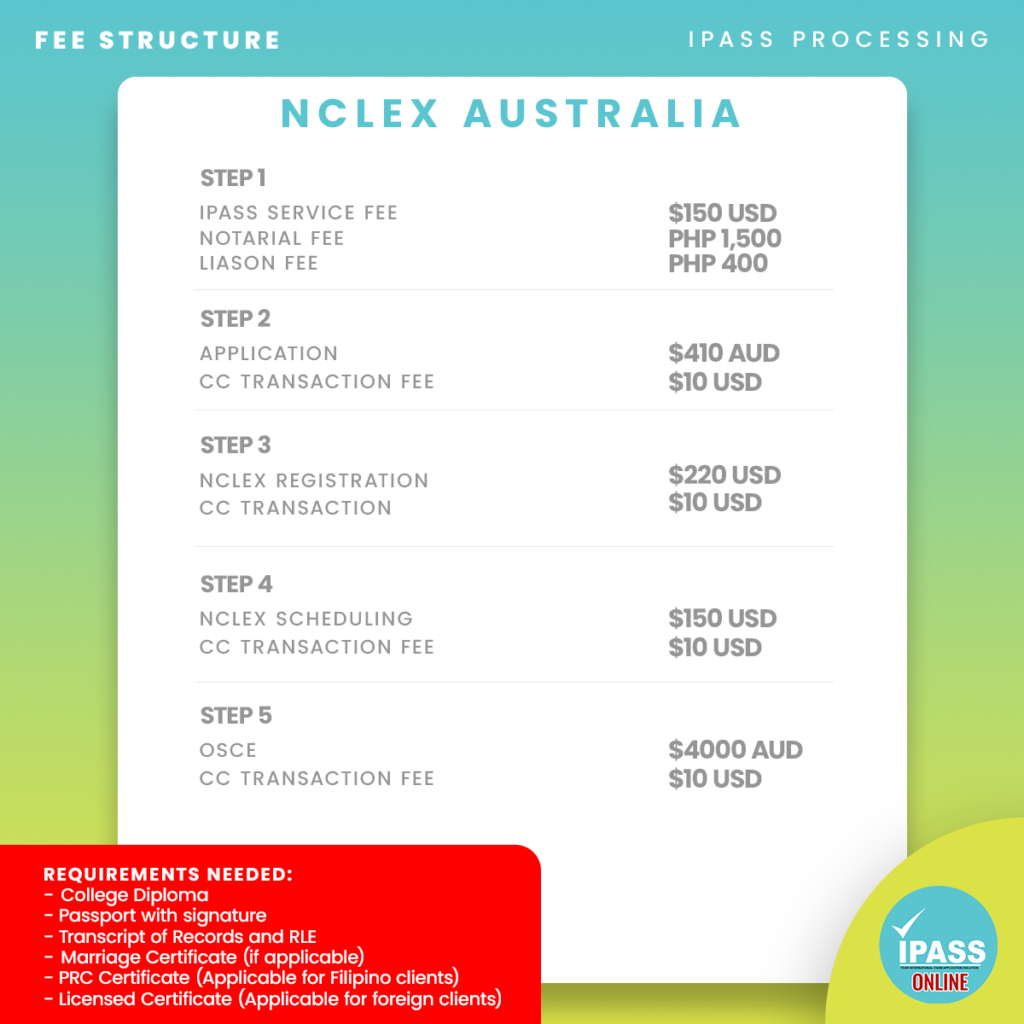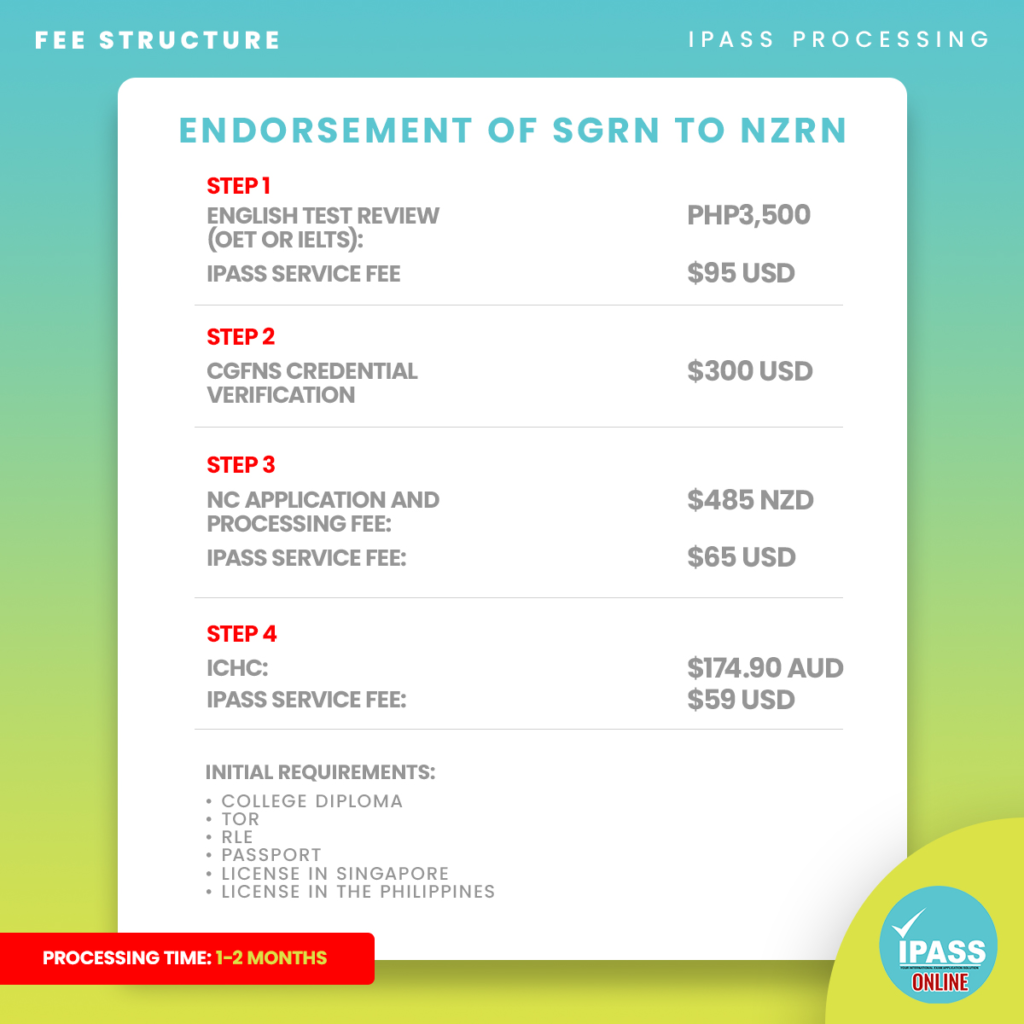Nurses are an essential part of healthcare as they comprise the medical sector’s largest portion. Estimates are that about 3.9 million nurses are in the United States—a substantial number of nurses that caters to the country’s healthcare needs. However, the US faces various healthcare problems and among these problems is the pressing issue of a nurse staffing shortage.
Nurse Shortage
A prevailing issue with nurse employment is the shortage of nurses to fill job vacancies. It has been a globally recognized issue even before the pandemic and is likely to challenge and impact more countries. The United States is currently amidst such a circumstance and expects this to continue until 2030. According to the US Bureau of Labor Statistics, the US will need more than 275,000 nurses from 2020 to 2030.
Moreover, in the aftermath of the pandemic, employment opportunities have magnified the problem and increased the healthcare workforce demand in the country. Combined with pre-existing factors, the shortage of nurses leaves the healthcare workforce under immense pressure to meet patient needs.
Factors Leading to the Nurse Staffing Shortage
The nursing profession makes up the most significant section of the US healthcare sector. The country currently has approximately 3 million registered nurses as of May 2021. However, despite having a good deal of nurses, the country suffers from a shortage due to numerous factors that affect such insufficiency.
The COVID-19 Pandemic
Undoubtedly, the COVID-19 pandemic has struck most of the world’s healthcare sector. Such a predicament exacerbated the ever-present issue of short staffing, increased the number of patients, and increased the health risks of numerous healthcare workers. In addition, registered nurse employment declined by 3% between 2020 and 2021, making it a massive decline in the last 20 years.
Various hospitals have reported a constant need for nurses as their most significant challenge. And as a result, vacancy rates go as high as 30%, about double what they usually experience. Unfortunately, this has forced employed nurses to take up a few more workloads than is enough for them. For example, taking longer or additional extra shifts has yielded nurse burnout.
Some nurses also opt for positions that do not involve directly caring for patients during the pandemic. Moreover, traumatic experiences in the field were common causes for nurses to quit the profession altogether. Nurses of color, Asian American and Pacific Islander (AAPI) nurses especially, have been targets of adversity. Prejudices and racist perceptions of patients and non-POC nurses associate them with COVID-19’s origin.
The Aging Population
The US is currently experiencing a population surge of the baby boomer generation (individuals born in 1946-1964) in their retirement age. This population rise would continue by 2030 and would only mean an increased need for health services is inevitable. Therefore, the demand for healthcare services for the elderly will need to adapt to such an increase.
Usually, older patients bear one illness, but having two or more comorbidities or diagnoses is not uncommon. Treatment for them can be complex depending on the patient’s condition. Some elderly patients require more than one expert or nurse to take care of them, and with the swell of the senior population, the availability of nurses decreases.
The Aging Workforce
Relatively, nearly half of the nurse workforce in the US is nearing their retirement age. Currently, the US has approximately one million nurses older than 50, and within the next 10 to 15 years, these nurses will retire. However, with the economic slowdown the country is experiencing, there is delayed retirement for some nurses, but analysts predict it is temporary.
It is important to note that a significant part of this number is nurse educators who are essential in teaching and training incoming nurses. An AACN report of 2020-2021 Enrollment and Graduations in Baccalaureate and Graduate Programs in Nursing states that US schools turned away multiple qualified applications due to insufficient faculty and other constraints regarding their faculties. With limited nurse educators in nursing schools, adequate and quality education issues may arise in the foreseeable future.
Nurse Burnout
Burnout is a serious health issue that generally affects various people uniquely. Nurses are certainly susceptible to burnout, especially during the pandemic. The additional work they shoulder and the amount of pressure to attend to work severely exhausted these nurses. In a study, high-stress environments like these cause further psychological problems, leading to even more risks to their health.
In addition, while they are the prime recipient of the full brunt of burnout, their burnout influences their patients and work environment. Nurse burnout health risks include problems in productivity that may likely result in errors in handling patients. Such errors and lowered quality of care may even risk patient mortality.
Furthermore, a study by the International Journal of Environment Research and Public Health has shown that burnout correlates to an increased number of quitting nurses. Resulting in nurse shortage and increased turnovers that may force other nurses to handle more workload.
Violence in their Work Environment
Violence in the nursing environment can significantly contribute to the nursing shortage, which may be a reason for nurses to quit their jobs entirely. Such violence includes physical violence or verbal aggression committed by patients or individuals related to the patients that can impact nurses negatively.
Moreover, racism may rise among coworkers and patients, especially when directed toward black and POC nurses. In addition, according to a survey result, racist acts are likely to be committed by colleagues or people of higher positions.
Summing up
The nurse staffing shortage in the United States was a problem well before COVID-19, and this issue was observed years ago. Among many factors affecting such shortage, aside from the pandemic, the increased population of aging individuals has been the most impactful. Expectations are that nurse workload would also increase with the increased aging population.
Furthermore, with an increased workload in a taxing environment, nurses may experience burnout. A health issue that affects not only themselves but their patients and the care they provide. Lastly, violence in their work environment forces many nurses to quit their jobs. The strain from enduring any form of verbal aggression or physical violence from peers and patients can discourage them and ultimately leave the profession.
However, despite the nurse shortage, a positive takeaway from this situation is it opens plenty of employment opportunities for aspiring nurses worldwide. We at IPASS have your back! IPASS Processing offers its service to nurses who wish to apply for the NCLEX in the United States. We ensure to provide and deliver you a smooth and hassle-free NCLEX application. For more inquiries, contact us now!
Disclaimer: IPASS Processing is not a recruitment agency. We do not hire or deploy medical professionals abroad. IPASS Processing is a processing agency that provides license exam application assistance in the United States, the Middle East, and Australia.














No Comments